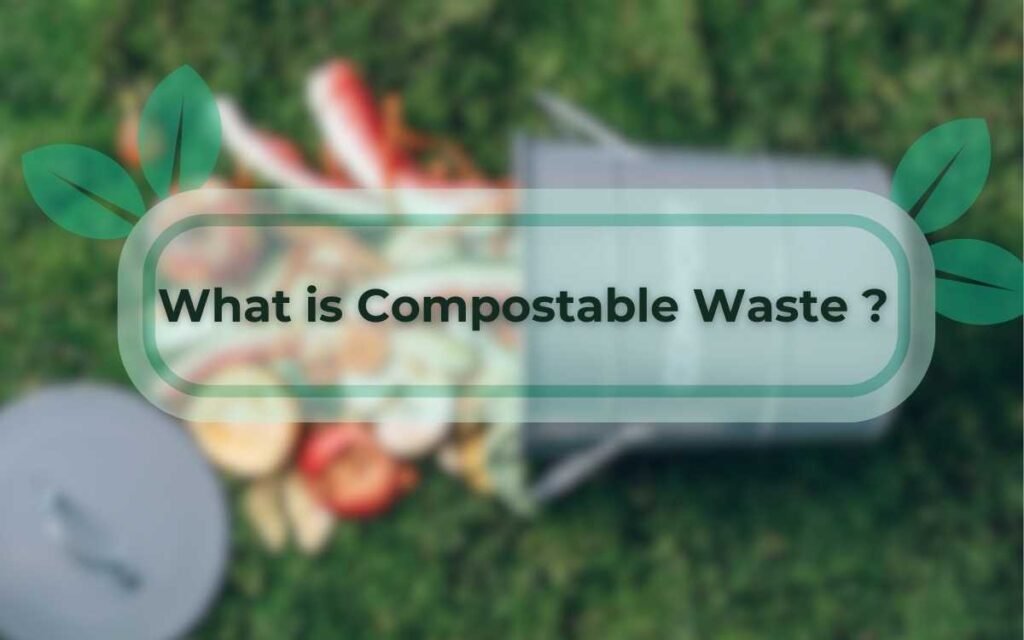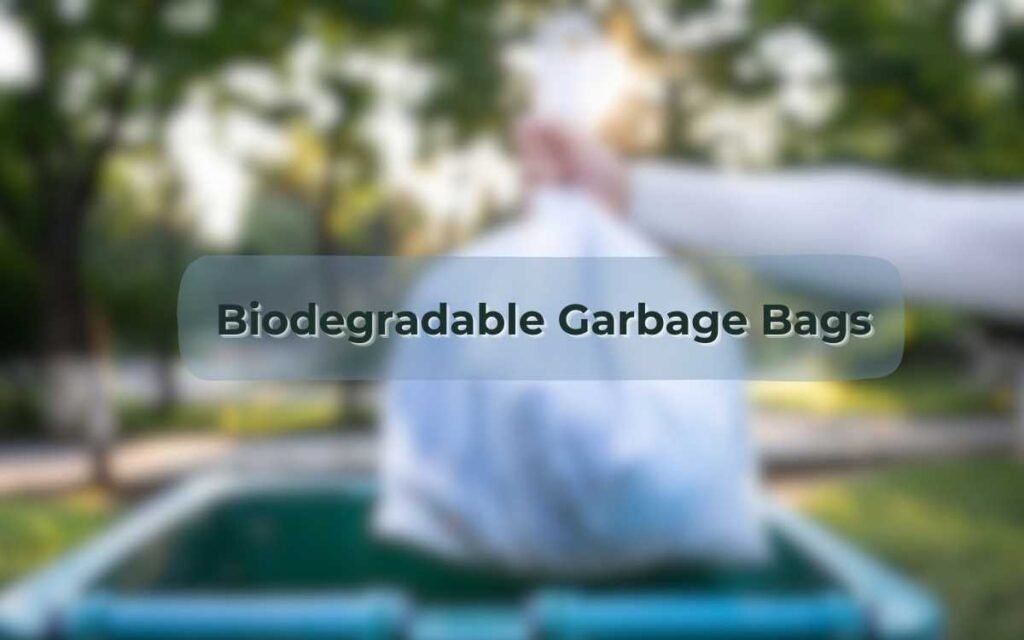
Introduction
Ever wondered, “How does recycling help environment?” Well, it’s more impactful than you would ever think! Recycling isn’t just about sorting your cans and bottles. It’s a powerful way to protect our planet, save resources, and even boost the economy.
In fact, recycling one ton of paper can save 17 trees. It also saves 7,000 gallons of water and enough energy to power the average American home for six months.
Let’s dive into how recycling makes a big difference in our world.
How Does Recycling Help the Environment?

Recycling does wonders for our environment! First, it cuts down on the need to dig up and process raw materials, which can be really harmful to nature. By recycling items such as paper, plastic, glass, and metals, we’re not just saving energy but also curbing pollution. And guess what? It also means less junk ending up in landfills, which keeps our planet looking and feeling great!
10 Benefits of Recycling
1. Conserves Natural Resources

Recycling means we don’t need to mine or harvest as many natural resources. For example, recycling aluminum cans saves up to 95% of the energy needed to make new aluminum from raw materials. This saves bauxite, the raw material for aluminum, and prevents habitat destruction. Recycling glass can save over 1 ton of natural resources for every ton of glass recycled.
2. Reduces Pollution

When we recycle, we cut down on pollution. Burning waste or leaving it to rot releases harmful toxins into the air and water. Recycling paper can cut air pollution by 74% and water pollution by 35%. And recycling plastic keeps it out of our oceans, where it harms marine life.
3. Saves Energy

Making products from recycled materials uses way less energy. For instance, recycling steel saves about 74% of the energy needed to produce new steel. This energy saving can power 18 million homes for a year. Making new products from raw materials takes a lot of energy. It involves processes like mining and refining. Recycling can greatly reduce this.
4. Cuts Greenhouse Gas Emissions

Saving energy through recycling also means fewer greenhouse gas emissions. For example, recycling one ton of office paper can save 4,100 kilowatt-hours of energy. This prevents the emission of 2,400 pounds of carbon dioxide, a major greenhouse gas. The EPA says that recycling and composting prevented the release of about 193 million metric tons of carbon dioxide in 2018.
5. Reduces Landfill Waste

Recycling keeps valuable materials out of landfills. In 2018, recycling and composting saved a whopping 82.3 million tons of waste from ending up in landfills. Thus, preventing mountains of trash from taking over our communities! Fewer landfills mean less groundwater contamination. They also mean less methane, a potent greenhouse gas.
6. Saves Space

Less waste in landfills means more space for other purposes. Landfill space is limited, and finding new sites is getting harder and more expensive. Recycling helps free up this space for parks, natural habitats, or other useful purposes.
7. Encourages Sustainable Practices

Recycling promotes a culture of sustainability and conservation. By recycling, you’re part of a system that values resource efficiency and environmental stewardship. It also helps people see the value of reducing, reusing, and recycling. This nudges them to adopt more sustainable habits.
8. Creates Jobs

The recycling industry creates jobs at many levels. It starts with collection and sorting and goes all the way to processing and manufacturing. According to the EPA, recycling and reuse create 757,000 jobs in the United States. They generate $36 billion in wages and $7 billion in tax revenues each year.
9. Saves Money

Recycling can lower costs for waste disposal and manufacturing. Recycling programs can reduce waste management costs for cities and towns. When companies use recycled materials, they often end up spending less to make their products. That means cheaper prices for you! So, when you see those eco-friendly labels on products, not only are you helping the planet, but you might also be saving some cash.
10. Enhances Community Health

Recycling doesn’t just help the planet; it’s also a boon for our health! When we recycle, we’re pitching in to keep the air we breathe and the water we drink cleaner. And you know what? That directly impacts how we feel and our overall health. Less pollution and waste mean fewer health problems and lower healthcare costs. Cleaner environments also support overall well-being and a better quality of life.
How Does Recycling Save Energy?

Recycling helps save a ton of energy! Making products from recycled materials takes way less energy than starting from scratch. For example, recycling aluminum can save up to 95% of the energy needed to create new aluminum from bauxite ore. This is because recycling aluminum avoids the energy-intensive steps. These steps are mining, refining, and smelting. Similarly, recycling paper saves about 60% of the energy. Making new paper from trees involves logging, pulping, and bleaching.
Recycling other materials like glass also saves energy. Recycling glass saves about 30% of the energy required to make new glass from raw materials. Just one recycled glass bottle can power a 100-watt light bulb for four hours. When you add up these energy savings across millions of recycled items, the impact is huge.
These energy savings also mean fewer greenhouse gas emissions. By recycling, we’re actually cutting down on those energy-intensive steps in making stuff. Well, it means we’re actually pumping fewer carbon dioxide and other greenhouse gases into the air. Thus, shrinking our carbon footprint. So, every time you recycle, you’re not just saving energy; you’re helping protect the planet.
How Does Recycling Help the Economy?

Recycling isn’t just good for the environment; it’s great for the economy too! It generates employment opportunities across different industries, including collection, sorting, processing, and manufacturing. These jobs provide stable employment and help boost local economies.
Recycling also lowers production costs for companies by providing cheaper raw materials. Making products from recycled materials often costs less than using new, raw materials. This means you can save money on products made from recycled materials because the production costs are lower. Also, when companies sell recycled materials, they make a profit. This money an actually be used to make our communities even better! Imagine having nicer parks, better schools, and smoother transit. All thanks to recycling.
How Does Metal Recycling Benefit the Environment?

Metal recycling is like giving the environment a high-five! It’s not just cool; it’s super impactful. Think of metals like steel, aluminum, and copper as the eco-warriors of the material world. They can be recycled again and again without losing strength. This makes them sustainability superheroes.
Let’s break down why metal recycling is such a big deal:
Energy Savings: Recycling metals is like hitting the energy-saving jackpot. When we recycle steel, we save about 74% of the energy needed to make new steel from scratch. But wait, it gets even better! Recycling aluminum saves up to a whopping 95% of the energy required to produce new aluminum. That’s superhero-level efficiency. It means fewer greenhouse gas emissions. This helps in the fight against climate change.
Pollution Reduction: Ever heard of a cleaner, greener process? That’s exactly what metal recycling brings to the table. Making new metals from recycled materials creates much less pollution. This is compared to making them from the ground. Fewer harmful emissions mean less water and air pollution. This makes a healthier environment for all of us.
Conservation of Natural Resources: By recycling metals, we’re giving Mother Nature a break. It spares her from the harm of mining. Mining can harm the environment. It causes soil erosion, kills biodiversity, and pollutes water. By recycling metals instead, we’re slowing this damage. We’re also saving resources for future generations to enjoy.
Waste Reduction: Picture this: heaps of metal sit in landfills for ages. They take forever to break down. Not a pretty sight, right? Well, that’s where metal recycling swoops in to save the day. We recycle metals. This keeps them out of landfills and in circulation. It reduces harm to the environment and keeps our planet clean.
Economic Benefits: Metal recycling isn’t just good for the environment; it’s a win-win for the economy too! It creates jobs in collecting, sorting, processing, and making metals. This boosts local communities. Plus, it helps businesses cut costs by providing a more affordable source of raw materials. Talk about a green economy in action!
Bottom Line
Recycling is a simple yet powerful way to make a big difference for our planet. By understanding “how does recycling help the environment,” you can see that your efforts to recycle really matter. The benefits of recycling are clear from conserving resources and saving energy to reducing pollution and boosting the economy.
So, let’s all do our part and commit to recycling. Together, we can pave the way for a healthier, more sustainable future for everyone.





